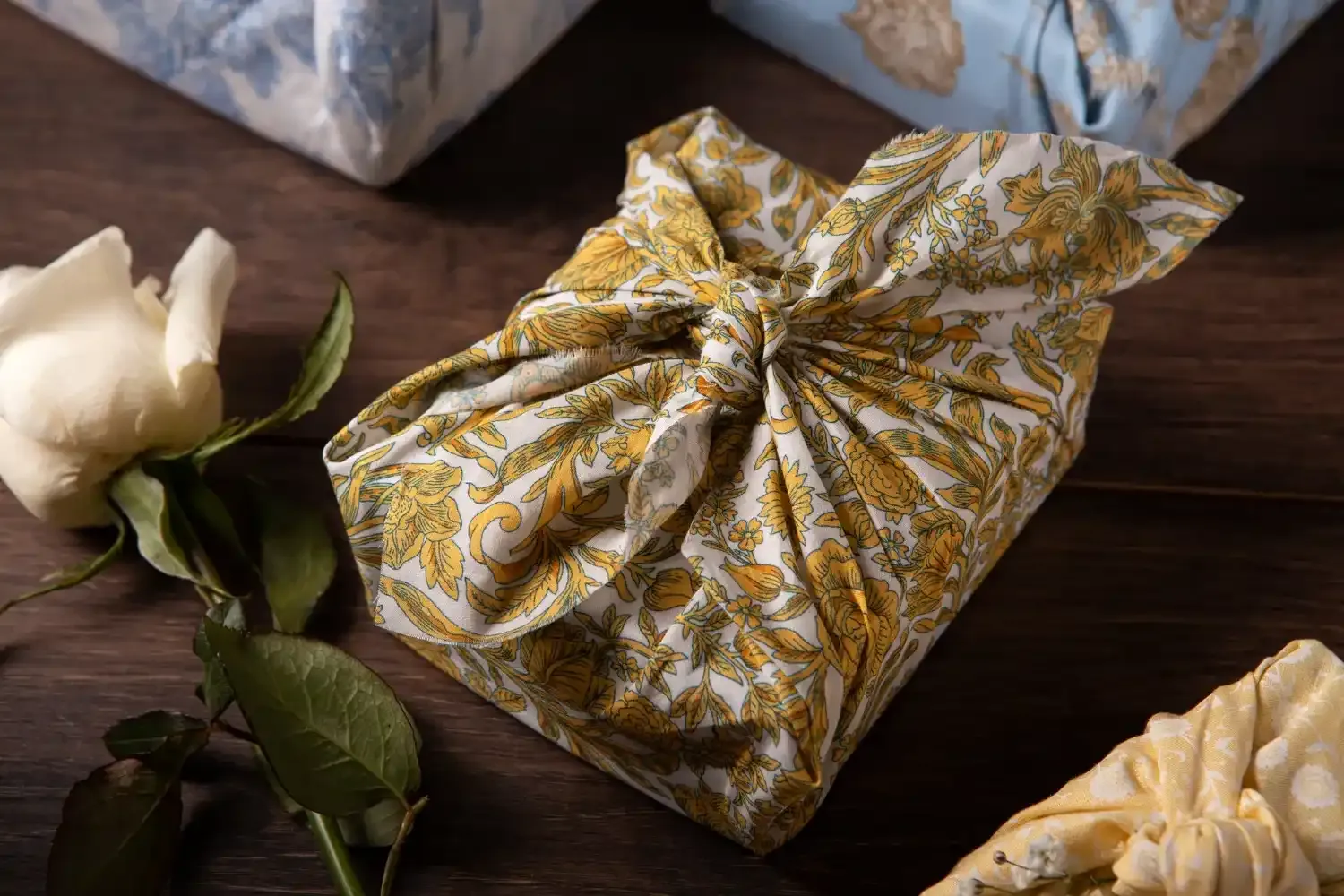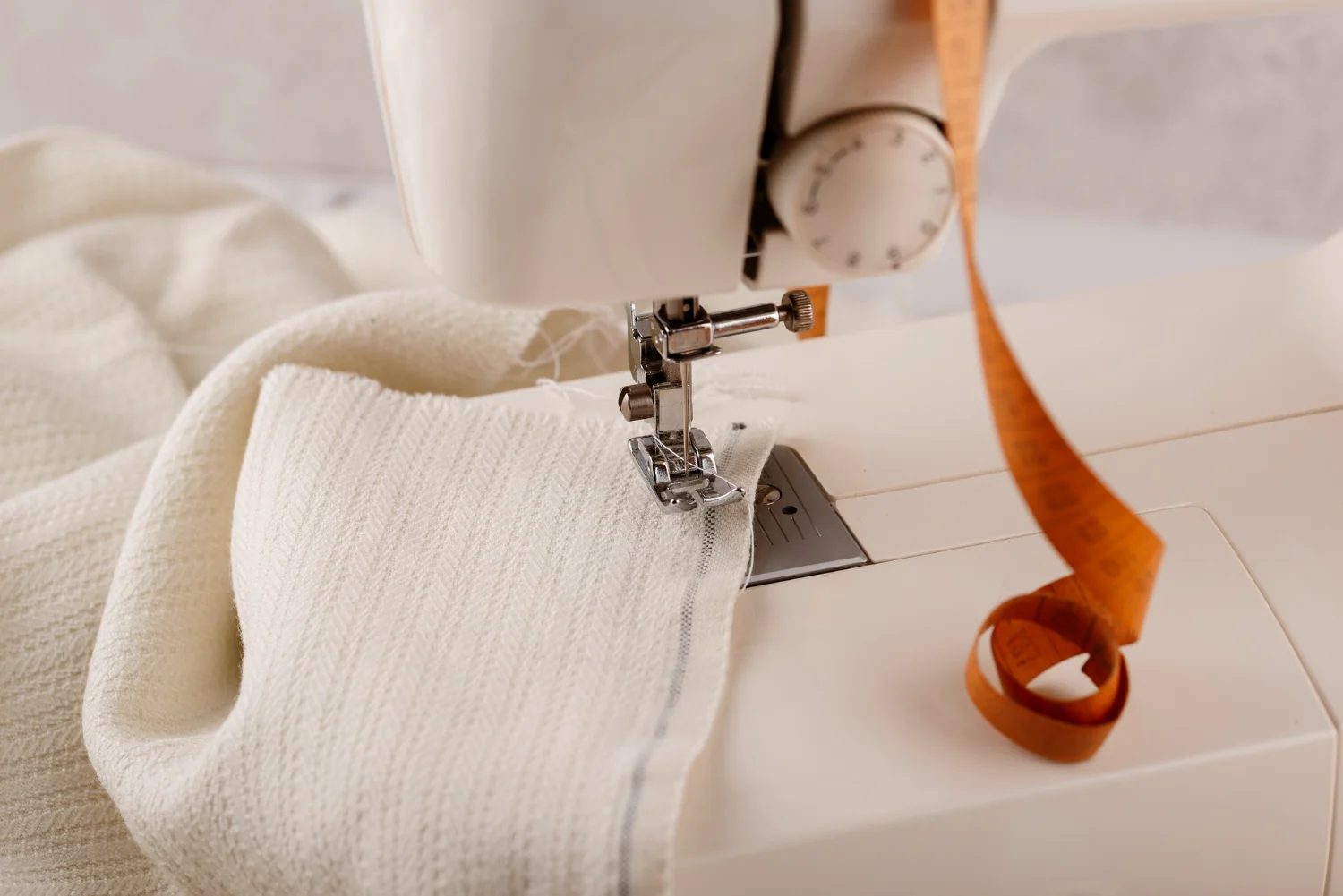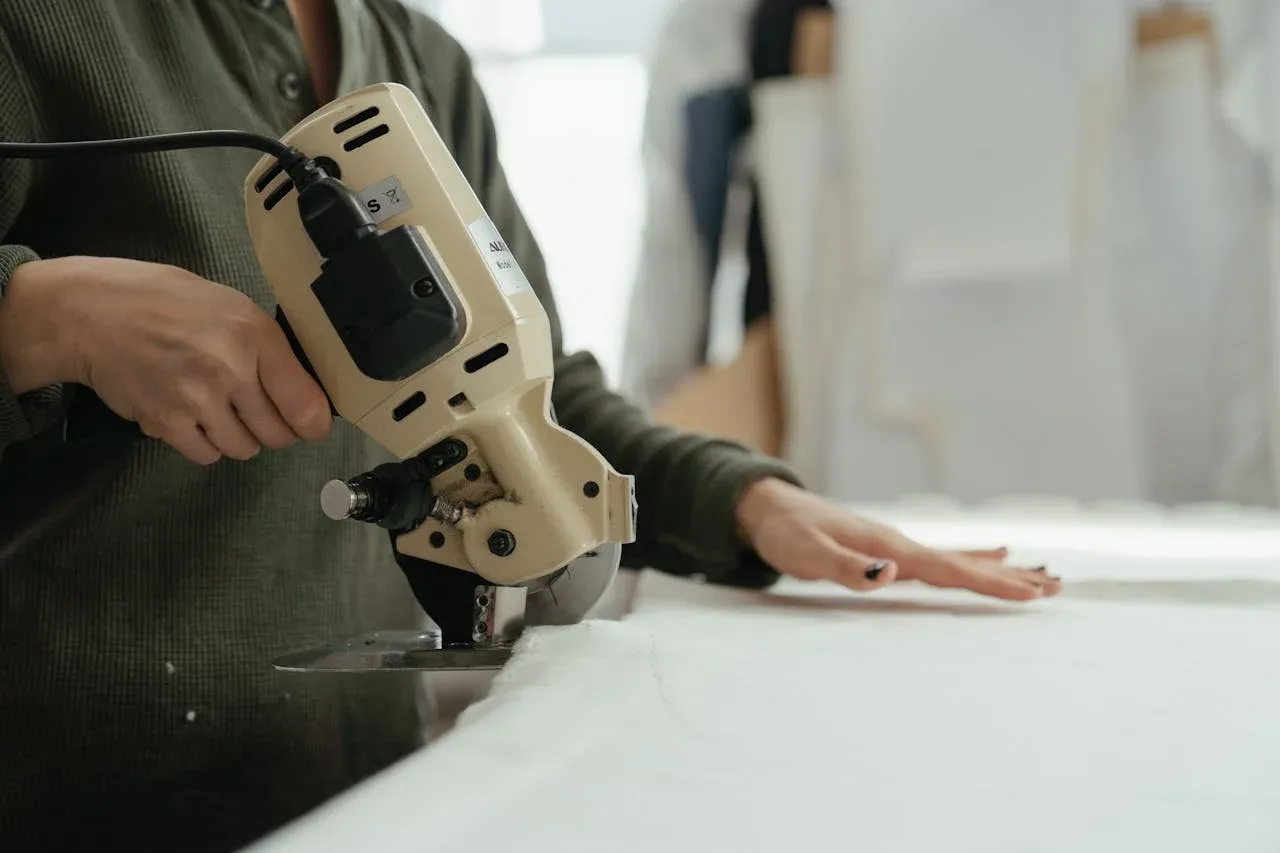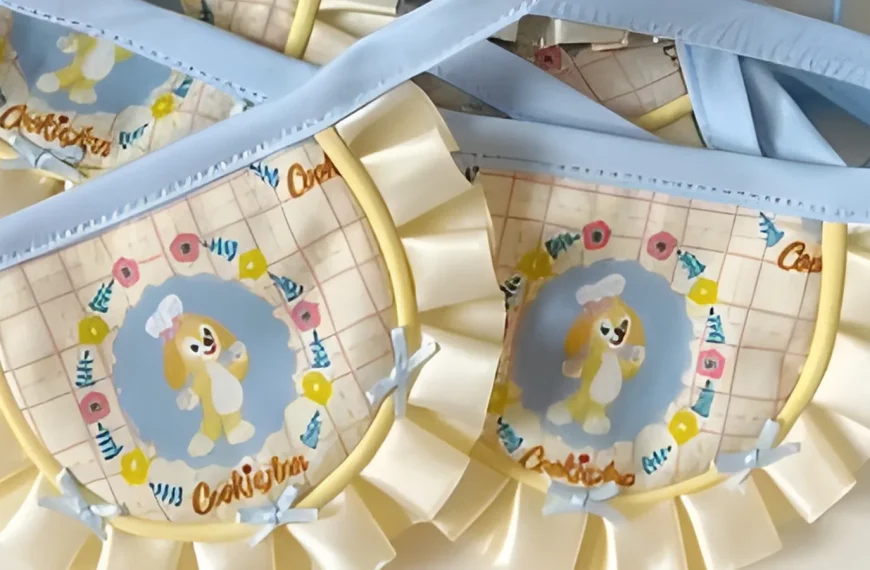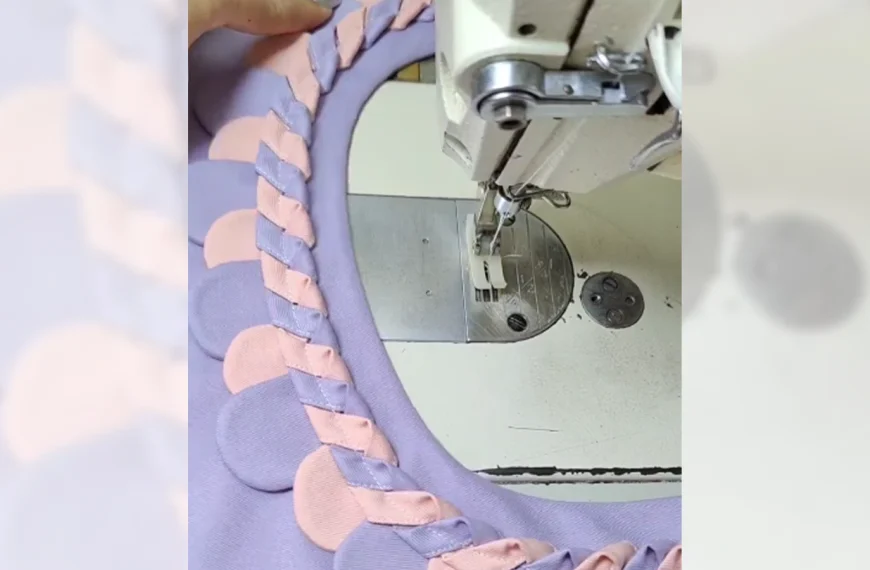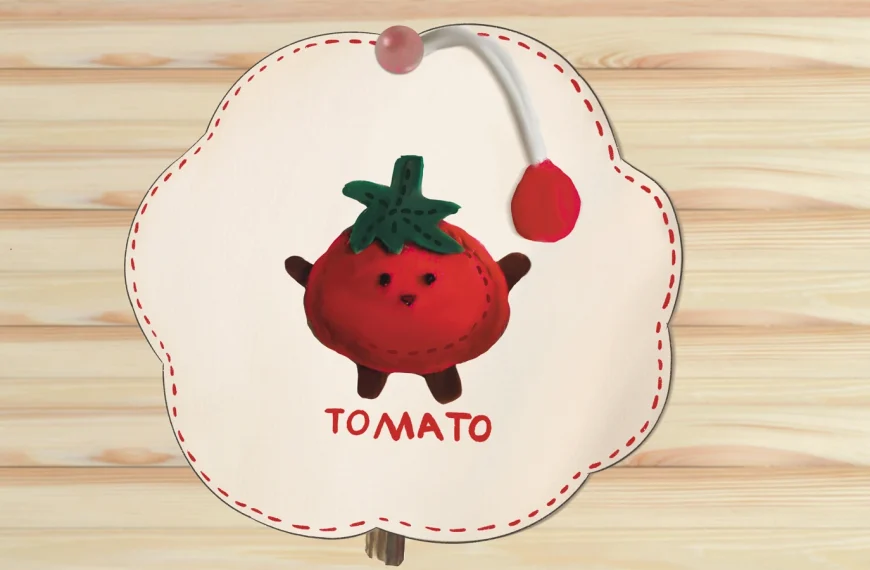As sustainability gains increasing importance in contemporary society, the practice of gift wrapping with fabric emerges as an eco-friendly alternative to paper-based methods. Fabric wrapping is not only aesthetically appealing, but it also introduces versatility and tactile pleasure to the art of gift presentation.
The potential of gift wrapping with fabric goes beyond mere aesthetics. It also invites a re-examination of cultural norms and consumer habits surrounding gift-giving. By adopting such practices, we can influence not only our approach to special occasions but also contribute to a broader paradigm shift towards more sustainable living.
The implications of fabric wrapping are vast. Further exploration is necessary to understand its nuances.
Gift Wrapping with Fabric: Key Takeaways
-
Fabric wrapping is an eco-friendly alternative to traditional paper-based gift-wrapping methods.
-
The furoshiki technique and the double knot wrapping method are two sustainable fabric wrapping techniques.
-
Fabric wrapping allows for the incorporation of texture, pattern, and elegance into gift presentation.
-
Fabric wrapping provides both aesthetic charm and practical protection for gifts, particularly when wrapping bottles.
Method 1: Traditional Furoshiki Technique
The traditional furoshiki technique is a cornerstone of Japanese artistry and sustainability. It begins with the precise placement of the gift at the center of a square of fabric.
Methodically, one must fold and pull the fabric. You should ensure that each movement is both aesthetically pleasing and structurally sound to encapsulate the item within.
The final act of tying the ends of the fabric not only holds the gift securely but also transforms the material into an elegant decoration. It blends style and function.
Step 1: Place the gift and fold

Initiating the traditional furoshiki method, one must first place the gift diagonally at the fabric’s center to ensure a snug and aesthetically pleasing wrap. The fabric’s texture and pattern become the canvas upon which the gift wrap artistry is performed.
Carefully position your gift, ensuring it lies harmoniously within the confines of the fabric’s borders. Then, with a precise and fluid motion, fold the bottom left corner upwards, draping it gently over one side of the gift. This initial fold is critical, setting the stage for a meticulously crafted presentation.
Next, the top right corner is brought over the gift, its edge sharply creased to secure the item within the fabric’s embrace. Each corner’s placement and fold must be executed with both technical prowess and artistic finesse, transforming the fabric into an elegant cocoon for the gift.
Step 2: Pull and fold fabric

Continuing with the traditional furoshiki method, grasp the remaining two corners and pull them taut. You should ensure the fabric lies flat against the gift’s surface before executing the next series of folds.
Delicately elevate the corners, one at a time, to meet at the center point above the present. As you bring the fabric over the item’s body, allow the natural tension to coax the edges into a smooth surface.
With an artisan’s precision, tuck the fabric under each fold carefully. This ensures a snug contour around the gift’s form.
Step 3: Tie fabric ends

Upon completing the previous steps, one must now deftly join the fabric ends. Employ the time-honored furoshiki technique to secure and embellish the gift with a traditional aesthetic appeal.
The step-by-step process requires precision: stretch the fabric ends away from the gift’s center. This ensures a taut, but not overly tight, grip that respects the reusable fabric’s integrity.
Cross the ends over the gift’s apex, forming an elegant and sturdy knot. This technique not only secures the gift within its fabric cocoon but also provides a handle for ease of transport.
The resulting knot should be snug and symmetrical. It embodies a harmonious balance between function and artistry without compromising the fabric’s future usability.
Method 2: Double-Knot Wrapping
Transition to the double-knot wrapping method. One begins by meticulously centering the gift on an expansive, square, or rectangular swath of fabric.
The subsequent step requires a deft pull of the fabric over the gift. This ensures the top and bottom corners meet in a harmonious overlap.
Finalizing the technique, one must artfully tie the fabric ends into secure knots at both the zenith and the flanks of the package, achieving both practical security and an ornamental flourish.
Step 1: Lay the box in the middle

To initiate this method, precisely position the box at the center of the fabric. Ensure ample material extends beyond each edge to fully encompass the gift.
Carefully lay the box down, verifying that the fabric’s expanse is symmetrical around the box to permit an even wrap. This central placement is pivotal. It forms the foundation of the aesthetically pleasing and secure package you are crafting.
Step 2: Pull the fabric over

The next step involves drawing the material over the gift. Make sure that it is crossed at the center to guarantee a firm grip before proceeding to fasten it with a robust double knot.
This technique, utilizing fabric instead of paper, embraces both form and function, marrying the aesthetic with the practical. The pliable fabric gracefully contours the gift, with corners reaching across in a ballet of wrapping artistry.
Step 3: Tie fabric ends in knots

Select an adequately sized square or rectangular piece of fabric. Carefully place the gift at the center and proceed to bring the top and bottom corners together. Cross them over the gift’s nucleus to prepare for the securement through a double knot.
-
Ensure the fabric’s texture and elasticity are conducive to tying a firm yet aesthetically pleasing knot.
-
Cross the fabric ends over the gift’s body. Maintain equal tension to avoid slippage or unwrapping.
-
Tie the initial knot with precision. Create a base for the secondary knot. Endorse the eco-friendly objective of securement without adhesive.
-
Secure the gift with a double knot that complements its form and reinforces the wrapping.
Method 3: Padded Wrap
Padded Wrap is a sophisticated and eco-conscious choice. It engulfs fragile items with a protective embrace, ensuring a safe and aesthetically appealing presentation.
Its pliability allows for meticulous contouring around objects, such as bottles, providing a snug fit that safeguards against jostling.
Step 1: Place your bottle of choice in the center of your fabric square

To ensure a precise and secure fit, position your chosen bottle at the very center of the fabric square before wrapping. This central placement is crucial for achieving an elegant and balanced presentation, which is characteristic of this alternative wrapping method.
Here are the steps to perfect the centering of your bottle:
-
Measure Precisely: Verify the dimensions of both the bottle and fabric square to ensure symmetry.
-
Adjust for Contours: Account for the bottle’s shape, fine-tuning the fabric to hug its form without excess slack.
-
Align and Smooth: Carefully align the bottle’s base with the fabric’s center. Then smooth the material outward to remove wrinkles.
-
Ensure Stability: Confirm the bottle remains stationary, a testament to the fabric’s secure embrace, ready for the subsequent wrapping stages.
Step 2: Twist each of the fabric’s loose corners around the bottle

Gently twist each of the fabric’s loose corners around the bottle. Bring them to the front to form a secure and aesthetically pleasing padded enclosure. This technique is crucial in the art of fabric gift wrapping. It ensures that the bottle is wrapped in a cushioned layer, protecting it from jostles and slips.
Carefully manipulate the material. Allow the twist to maintain the fabric’s tension against the bottle’s contours. The result is a harmonious blend of form and function. The fabric’s texture creates a tactile experience. And its pattern enhances the visual allure of the gift.
Step 3: Working back to the top of the bottle

The next step is reinforcing the protective embrace by focusing on the top. There, the fabric must be skillfully folded to form a padded cocoon that combines both elegance and security. When wrapping bottle gifts, the top of the bottle demands special attention. Make sure the wrap provides the item with both aesthetic charm and practical protection.
To achieve this:
-
Lay the excess fabric smoothly over the top of the bottle. Ensure no wrinkles or bulk disrupt the contour.
-
Delicately gather the fabric edges. Create a symmetrical arrangement that enhances the bottle’s silhouette.
-
Secure the fabric artfully with a ribbon or decorative tie. Make certain it snugly encases the bottle’s neck.
-
If necessary, use a fabric clip or discreet tape to manage excess material. This creates a neat, professional presentation.
Conclusion
Fabric gift wrapping represents a significant advancement in the realm of presentational aesthetics. With its sustainable appeal and versatile nature, it offers a unique alternative to traditional wrapping paper. Choosing fabric over disposable materials can have a positive impact on the environment and inspire others to follow suit.
FAQs
Q: What are some reusable gift wrap ideas?
A: You can use scarves, fabric bags, and flat fabric to create reusable gift-wrapping options. These alternatives are not only sustainable but also add a personal touch to your presents.
Q: How can I wrap flowers with fabric?
A: You can wrap flowers with fabric by using the furoshiki technique or by creating a fabric bouquet wrap. This adds an elegant and eco-friendly touch to your floral gifts.
Q: What are the benefits of zero-waste gift wrapping?
A: Zero-waste gift wrapping, such as using reusable fabric, reduces the environmental impact of single-use wrapping paper. It also promotes sustainability and encourages creative and thoughtful gift presentation.
Q: How do I wrap a round or irregularly shaped gift with fabric?
A: You can wrap round or irregularly shaped gifts with fabric by experimenting with different folding and tying methods. The flexibility of the fabric allows you to create custom wrapping solutions for unique items.
Get more DIY tips on Longan Craft Blog! Dive into the fabric world with Longancraft!

